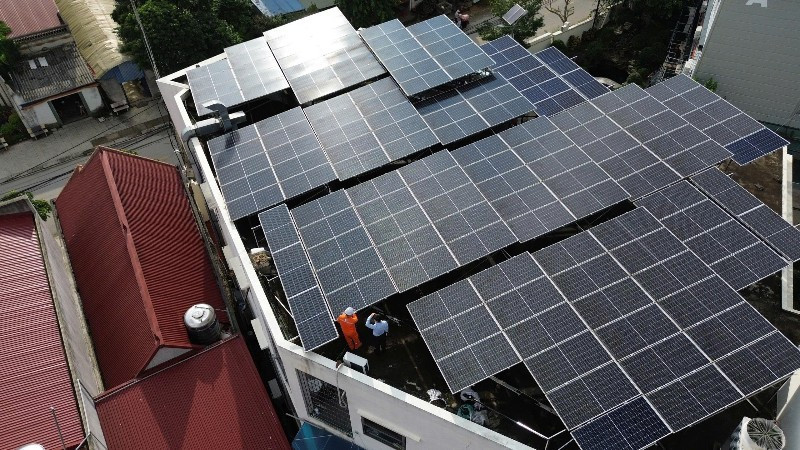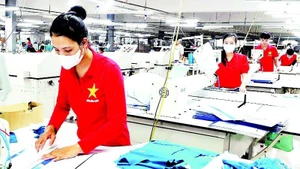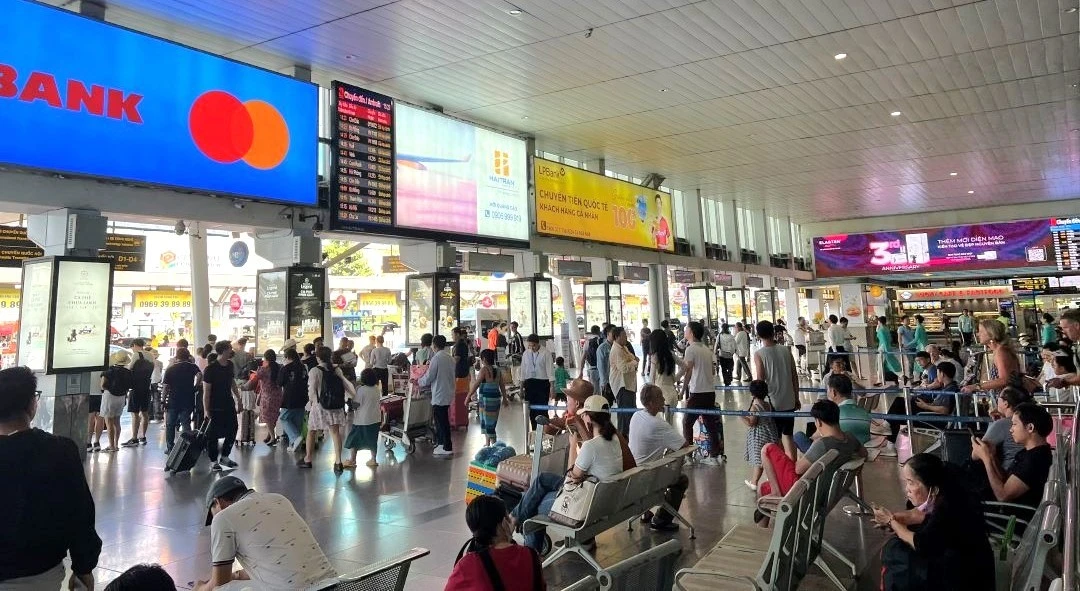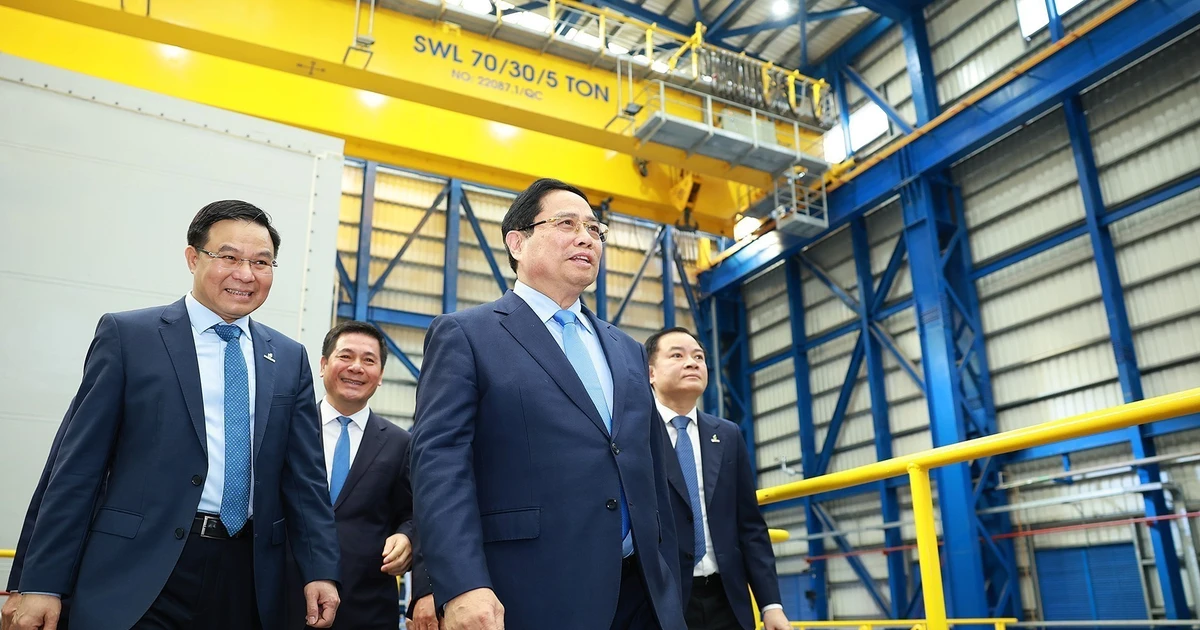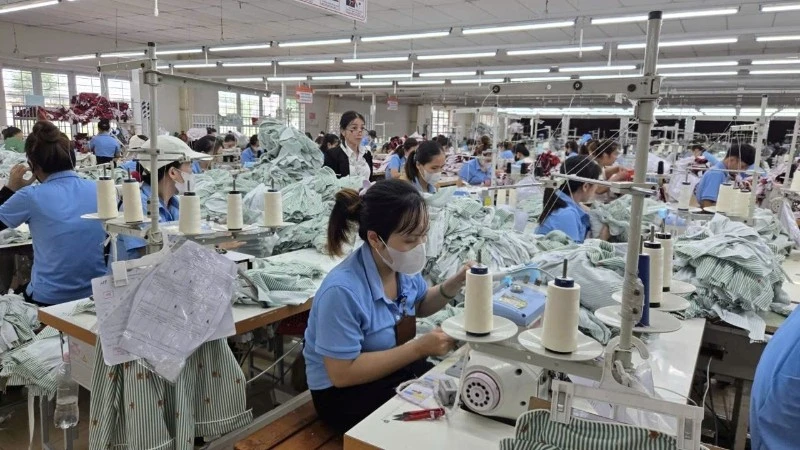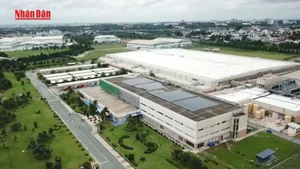The need to efficiently harness solar energy
According to the World Bank, Viet Nam has significant solar radiation potential, with radiation intensity ranging from 897 to 2,108 kWh/m²/year, equivalent to 2.46 and 5.77 kWh/m²/day.
The technical potential for rooftop solar power is also estimated to reach over 140,000MW. For both existing and planned industrial parks, the technical potential for rooftop solar power is estimated at nearly 20,000MW (if each industrial park permits installation of 50MWp of capacity).
As Viet Nam has become a net power importer since 2015 and amid the current global energy transition, energy expert Ha Dang Son, Director of the Centre for Energy and Green Growth Research, also noted: “After reviewing the advantages as well as considering the challenges and difficulties in developing renewable energy in Viet Nam over the past period, rooftop solar power shows clear advantages over other forms.”
“This model can utilise existing rooftops of industrial parks, residential buildings, or offices with sizes ranging from several kWp to several MWp. The investment cost for rooftop solar power has now decreased, while currently many households and industrial parks have already installed this system, helping to reduce pressure on the national power system, especially during hot summer days,” Son added.
According to the national electricity utility EVN, in 2023 the company purchased over 11 billion kWh of electricity from rooftop solar systems, accounting for 3.97% of its total electricity generation and imports. In 2024, the figure was approximately 12 billion kWh.
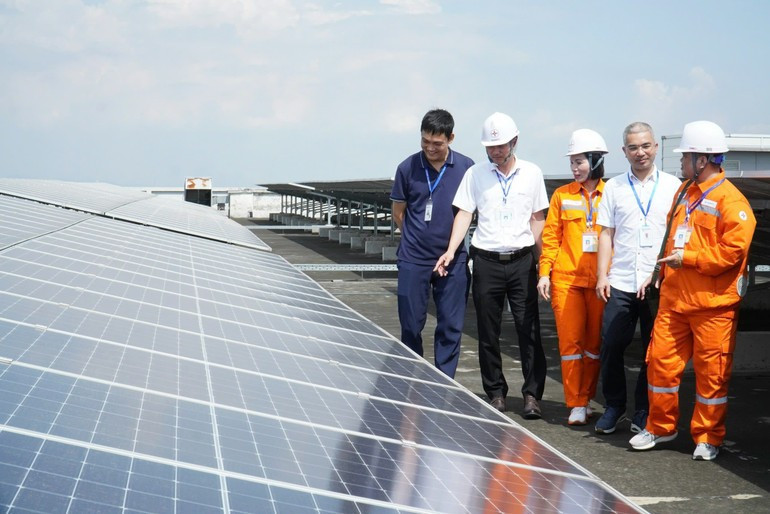
Contributing to reducing electricity bills
After researching and receiving guidance from electricity officials, in 2024 Tran Thu Thuy, in Bac Giang Ward, Bac Ninh Province, invested over 200 million VND (7,600 USD) in an 18kWp rooftop solar power system, accompanied by a battery energy storage system (BESS) with a capacity of 16.1kWh.
Thuy shared: “After researching and seeing that installation costs had decreased compared to before, our family decided to install the system. With a large family, air conditioning is used almost 24 hours a day. Thanks to the system, instead of having to pay nearly 5 million VND (191 USD) for electricity each month, now the monthly bill has been reduced to only 600,000-800,000 VND (23-31 USD).”
Nguyen Quoc Dung, Head of EVN’s Business Department, also emphasised the specific benefits of rooftop solar power for households. He said when electricity consumption reaches 401kWh and above, the price exceeds 3,000 VND/kWh. Thus, using rooftop solar power can help avoid paying the highest electricity rates.
Similarly, Crystal Martin (Viet Nam) Co., Ltd at Van Trung Industrial Park has installed a 2,675kWp rooftop solar power system, which contributes to both reducing electricity costs and meeting environmental standards for exported goods.
Crystal Martin Viet Nam General Director Oun Kaowsiri shared that installing rooftop solar power systems is one of the key measures that the company has implemented since 2019. To date, Crystal Martin Viet Nam has completed the third phase, resulting in annual savings of approximately 3 million kWh.
The company plans to complete the remaining two phases within the next three to four years to bring total electricity output to 6 million kWh per year, reducing the entire factory’s total electricity consumption by 40%.
This system will help the company reduce input costs as well as achieve the shared goal of Crystal Group and Crystal Martin to cut CO2 emissions by 35% by 2030.
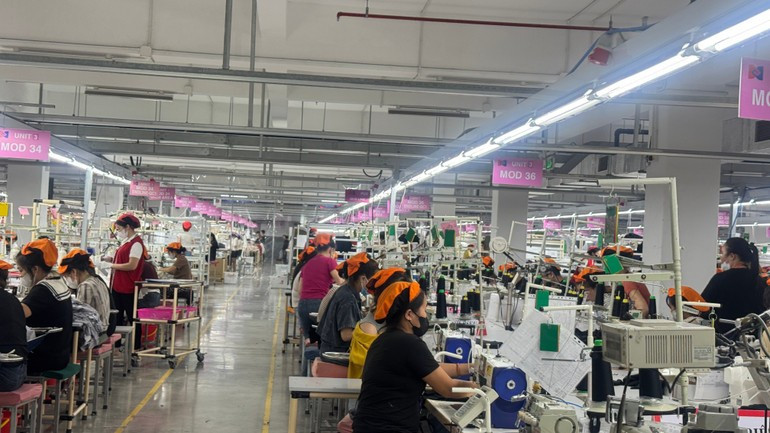
In the context of extreme weather and increasing electricity demand, on-site renewable energy sources will help reduce pressure on the national power system, enhance stability and self-sufficiency in electricity use, while saving long-term costs for users.
Moreover, developing green energy also supports the economic transition towards sustainability, enhances the competitiveness of exported goods, and meets stringent standards in international markets.
